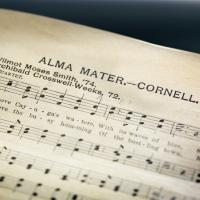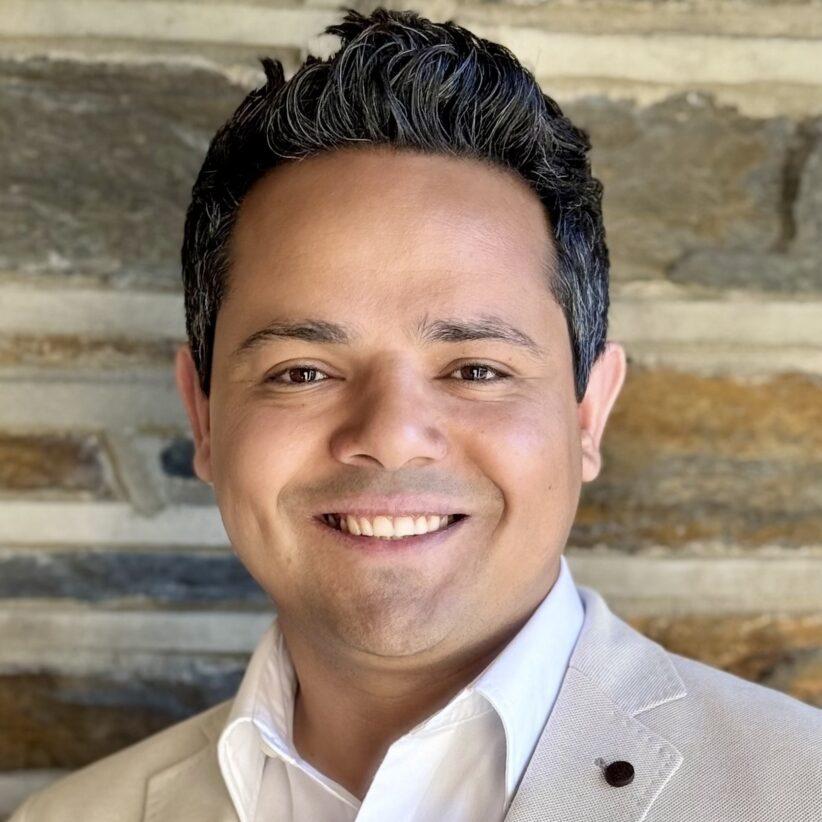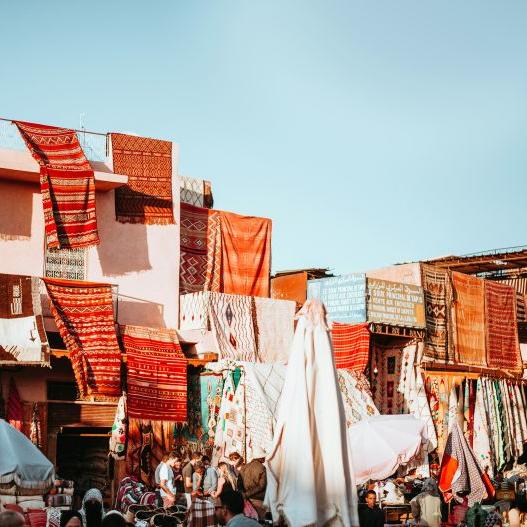
 Department Homepage
The College of Arts & Sciences
Department Homepage
The College of Arts & Sciences
Students translate ancient religions for the 21st century
“This was definitely my favorite project I’ve ever done in my time at Cornell,” said Aliyah Geer ’21.



